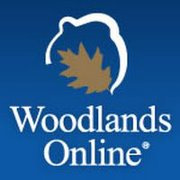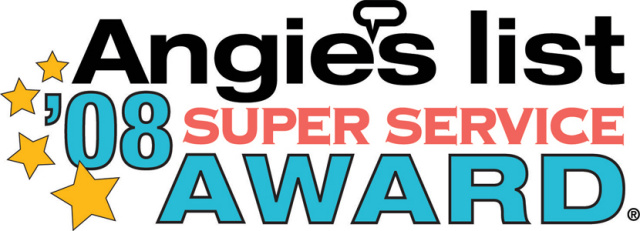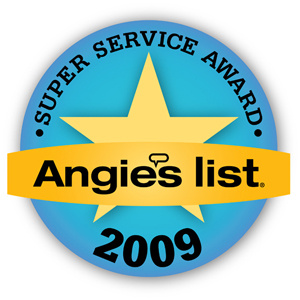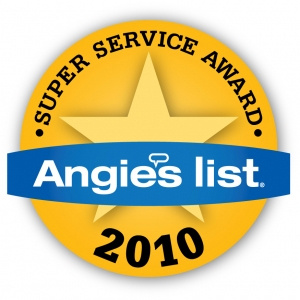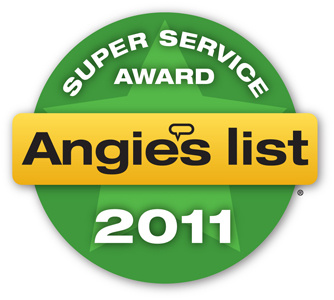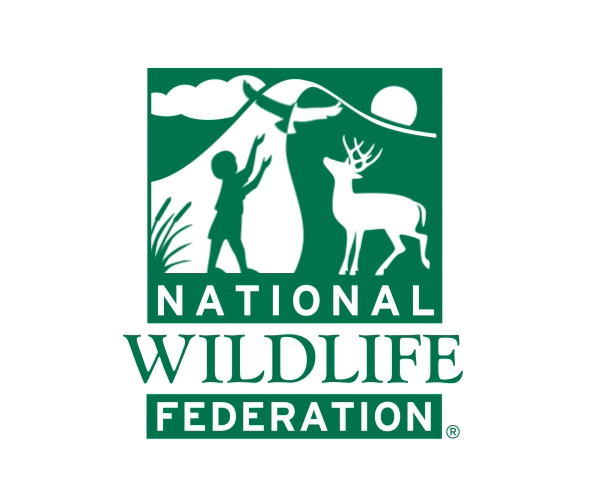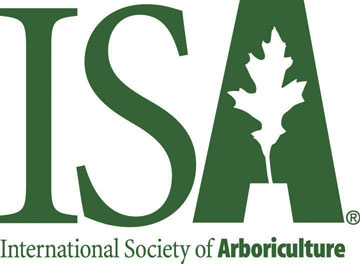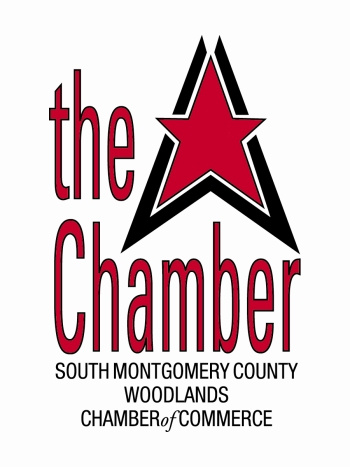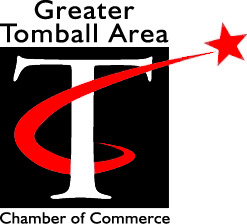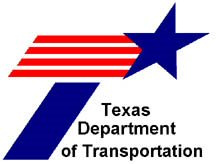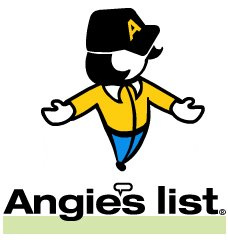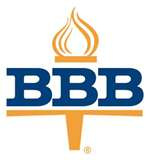On your typical hurricane preparedness checklist you will find the obvious: Keep batteries in supply. Get a radio. Stock non-perishable food items and water. Have a response procedure for your family to keep them safe while the storm winds blow. That checklist will also include steps for securing your property. It will often recommend that you trim your trees for dead or hazardous branches, and remove trees that are at risk of falling on your home should they be blown down. However, here in the piney woods region of Texas, it is entirely impossible to be completely free of the risk of one’s home being damaged as a result of a damaged tree. Even when a homeowner removes every stick of wood from his property, a neighbor’s tree can fall over the fence line in an unfortunate direction. How does one prepare for that? One proactive step is a social step: establish healthy relationships with your neighbors.
Getting to know your immediate neighbors and developing a good rapport with them is an invaluable asset in the aftermath of a disaster. Have a conversation with them about their intentions regarding hurricane preparation. If you both spot damaged trees or tree hazards that could mean trouble for one or the both of you, you have the opportunity to work together one sunny Saturday to lop off the hazardous limb and then enjoy a cool beverage together, which is not a bad way to spend a weekend.
More importantly, good neighbors are able to be the most valuable resource to each other after disaster strikes. Neighbors can assist each other when a tree unexpectedly crashes into a rooftop. Trees that fall over driveways and roadways can be removed so much quicker when many hands make light the work. But it is important to be cautious and remember to keep safety first. The impulse to remove tree messes should never overshadow the need to keep family, friends and neighbors injury-free. Here are the top three important tips:
- If a large limb is broken but still hanging from a damaged tree, this is a dangerous situation. Leave this for an arborist tree service.
- If you are using chain saws and power equipment, use safety goggles, wear proper clothing that covers arms, legs, and feet. If you have never used power equipment before, do not start now. Leave this to people who are familiar with the equipment.
- For first aid to damaged trees, help the trees by removing the torn branches that are of a size you can handle. Make clean cuts where there are jagged tears. Remember to always prune smaller branches to where they stem from the larger branch. Likewise, you can give aid to places where the tree bark is torn off. Bark is often torn as an extended tear from an amputated branch. Repair the area around the exposed wood by smoothing out the torn edges of the bark. This is often accomplished by lightly whittling with a knife. Make sure that no further inner wood is exposed.
Senator Warren Rudman correctly quipped that in times of disaster, “the first 72 hours are going to be totally chaotic no matter what you plan to do.” So remember that in the aftermath of a hurricane, chaos is part of the plan. During that time, living in a neighborhood where everyone has each other’s back is a great comfort indeed.


